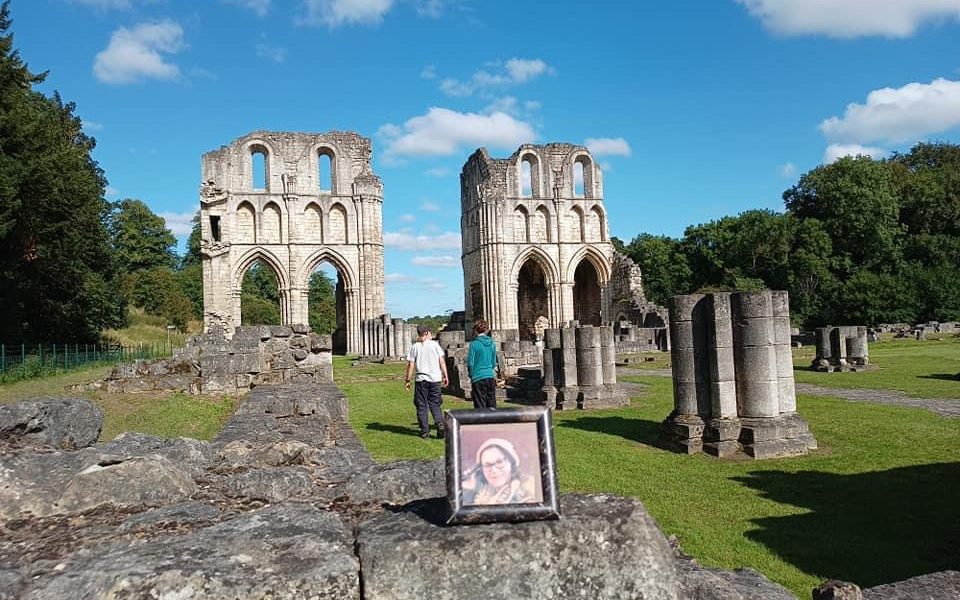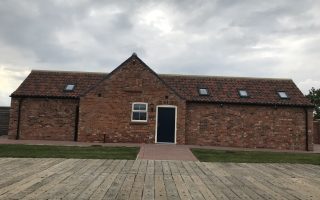Roche Abbey is very much a ruin. There isn’t very much left of what must have been a phenomenally impressive complex of buildings. But it still is quite a magnificent sight with the surviving white towers, expanse of lawns and an enchanting stream running through it. It’s not difficult to see why it’s a Grade II listed building.
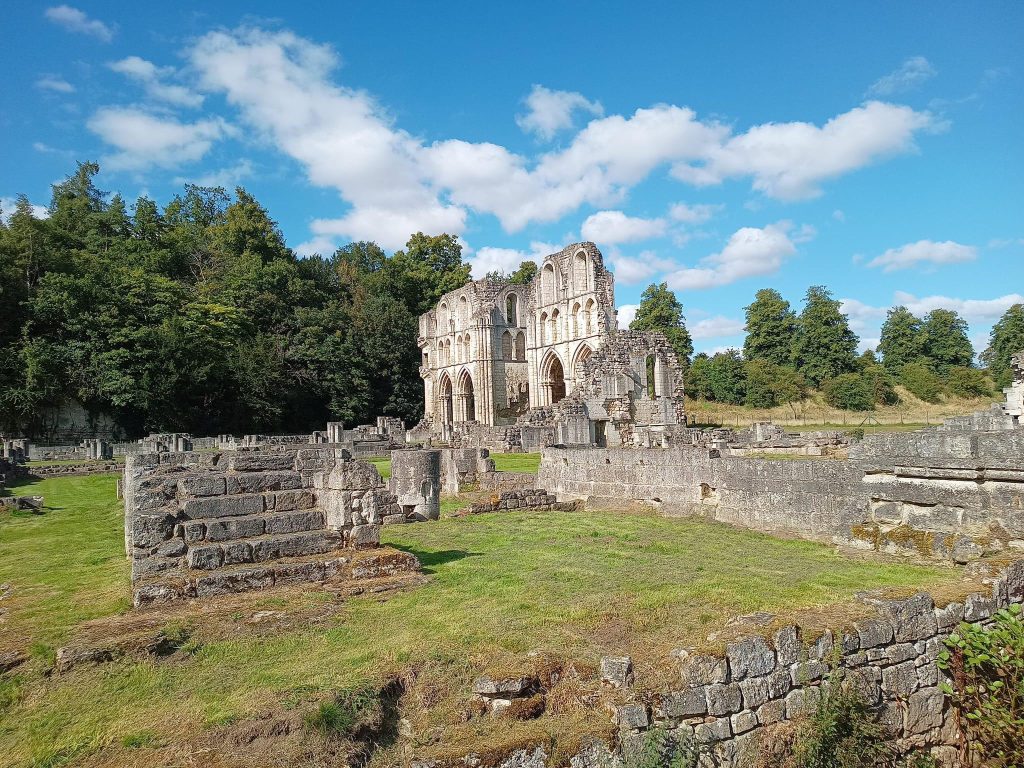
Roche Abbey dates back to 1147 and was founded as a monastery of the Cistercian Order. Cistercian abbeys were always built from an existing one, so 15 monks and 20 lay brothers walked from a Northumberland abbey to start the new one from a few wooden buildings. The abbey grew over the next few years. It peaked just over 20 years later, supporting around 50 monks and 100 lay brothers and servants. The Cistercian monks earned the respect of the local people due to their hard work, devotion and determination to live in poverty.
From the early days of relying on donors, the monastery soon began to make money and the stone buildings started to be built. The church was the most impressive part. Buildings for the use of the monks and lay brothers were erected, but also buildings for the hospitality of travellers.
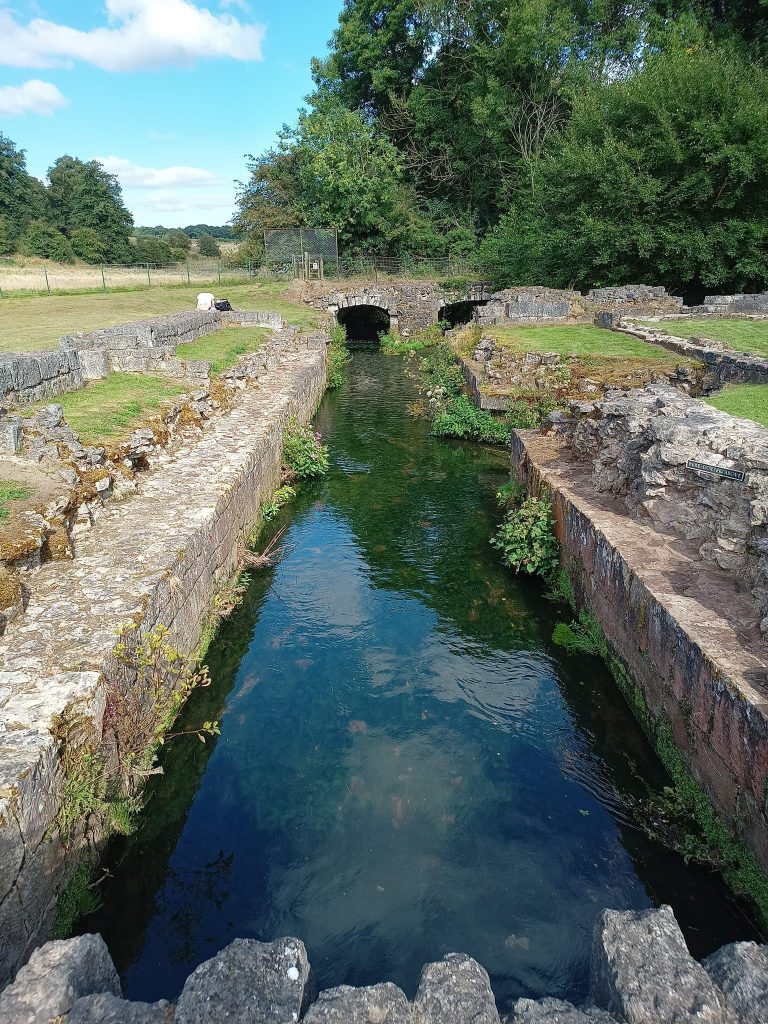
The monastery had good and bad times, being affected by disease wiping out livestock, and raids by the Scots. But the patrons stayed loyal and the abbey continued until the dissolution of the monasteries by Henry VIII. The monks surrendered the abbey voluntarily and an orderly transfer of property began. Unfortunately the local community were soon looting and the buildings became ruined.
Over the years, the ruins of Roche Abbey changed hands, eventually passing to the third Earl of Scarborough. He didn’t like the ruins, so employed the famous garden designer Capability Brown to transform the landscape. Lakes and a waterfall were created, islands were created over the ruins and a banqueting lodge was built. Fortunately for us, a later earl was more interested in exposing the past and undid the landscaping, uncovering the ruins again and restoring the stream.
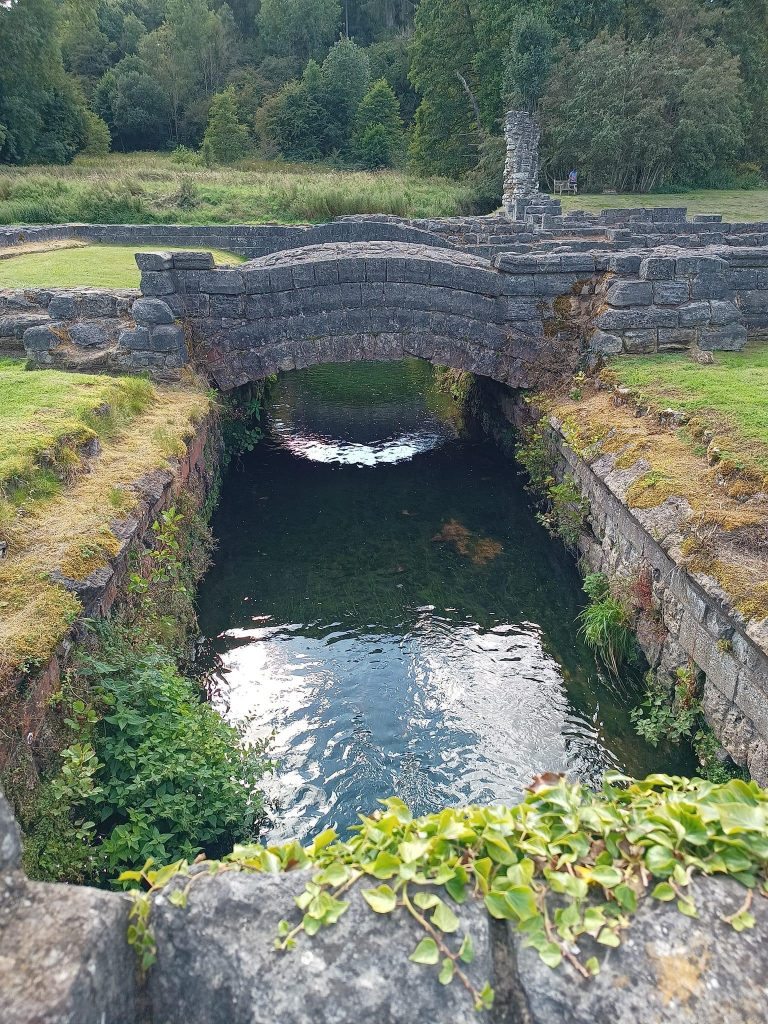
Things to be aware of when visiting. The track down and back is very rough. If you’re not confident of suspension in your car, it might be safer to find a spot on the road and walk down. Its only wide enough for one car in most parts. There is a car park that is shared with the local park and a small one nearer to the site. The site is quite flat, so easy to get around if you have mobility issues, but there is no path, so may not be suitable for wheelchair users. Check opening times before you go. The site isn’t open all year.
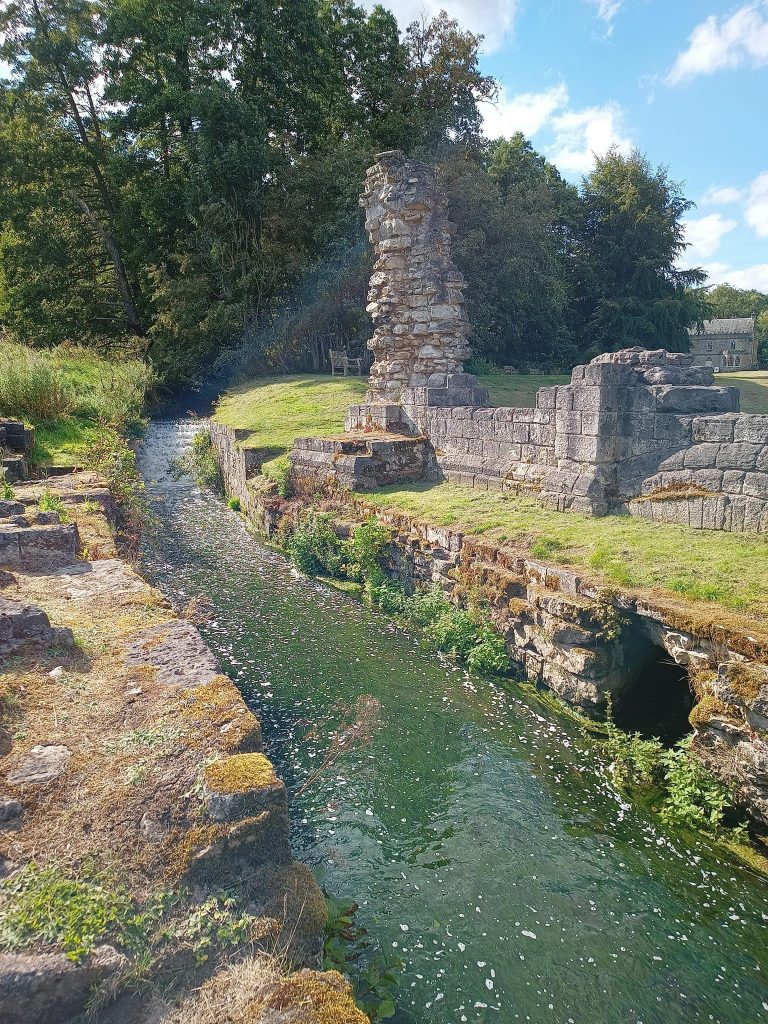
The former banqueting lodge created by the third earl is now the ticket office. The staff are lovely and happy to chat about the abbey. You leave by the back door and wander down to the ruins. The two towers are actually the remains of the transept walls. The ruins are incredibly photogenic. I’ve seen them in sunshine and with mist rolling in. Either way, they look dramatic and moody.

Towards the end of the life of the abbey, it made a substantial income from burials and a lot of the graves are still there. Wander off to the left and you’ll come across the shallow stream that must have provided water for everything. Low bridges cross in a couple of places. There are enough fragments of the buildings left to give you an idea what an impressive series of buildings it must have been.
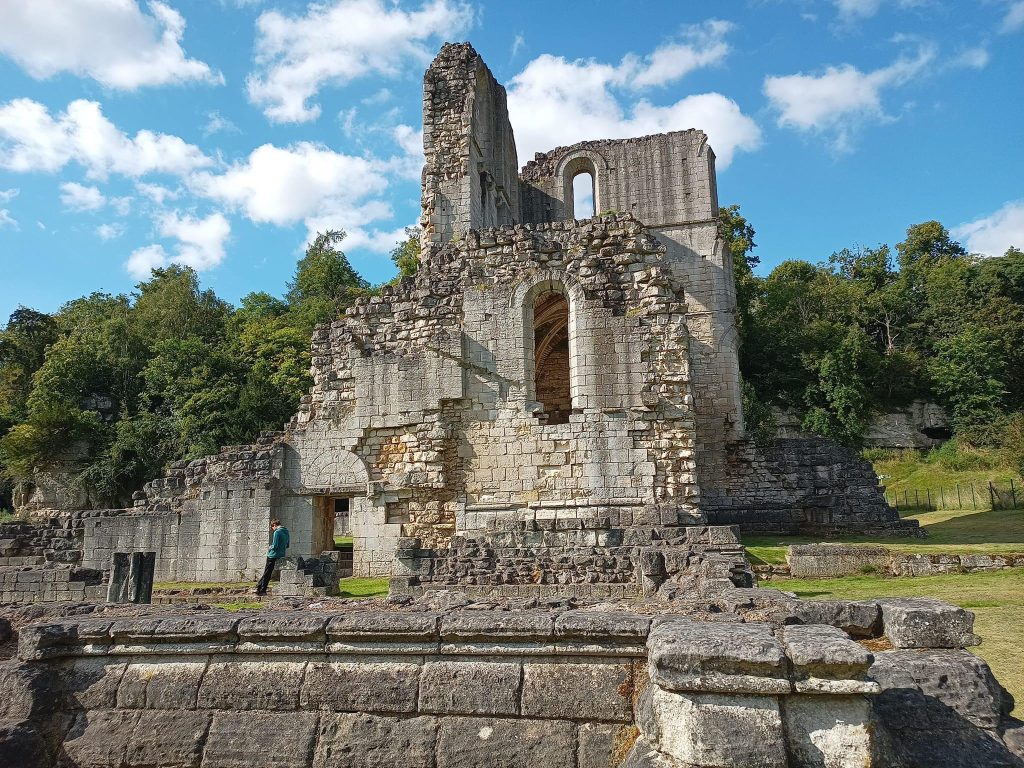
Because it’s in quite a secluded area, it’s incredibly tranquil. With rocks on one side, and in the middle of grazing land, as well as being some distance from the road, there isn’t much to disturb you.
If you fancy a peaceful day out exploring a beautiful, Gothic looking site, enjoy photography or seeing the history of the country, this is definitely one for the list.

